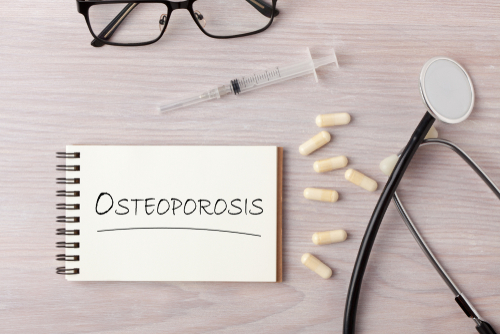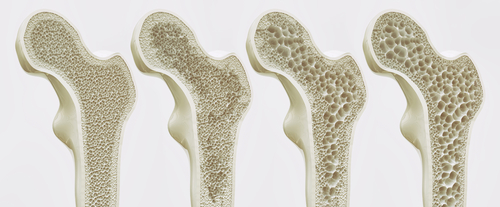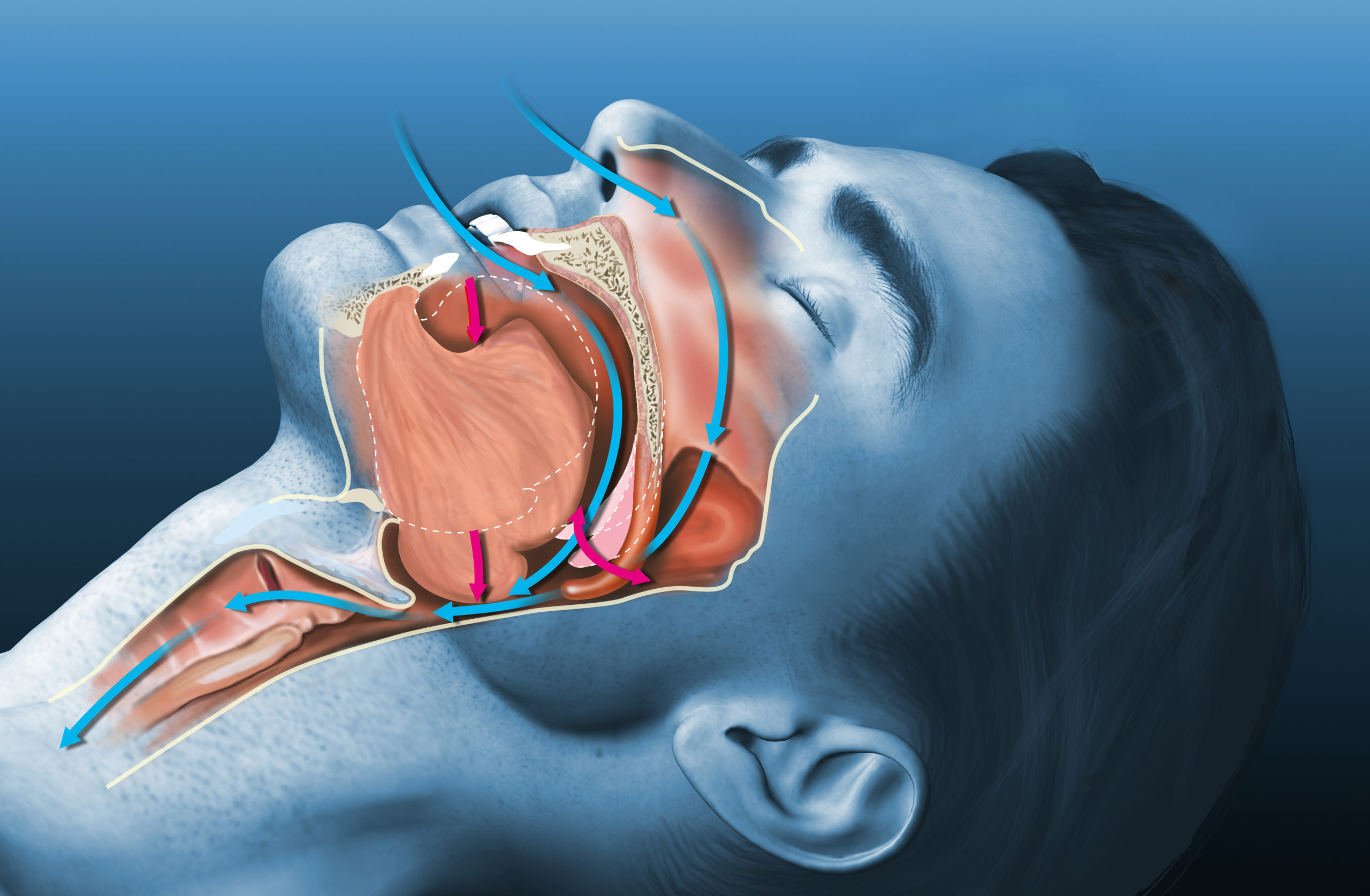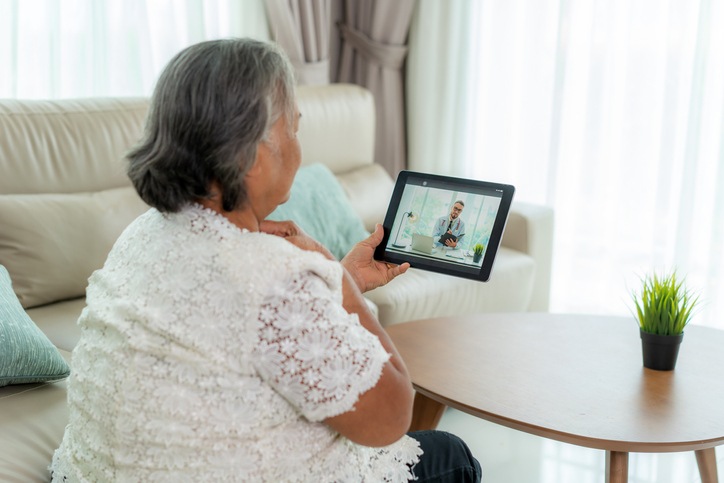
Following the Food and Drug Administration (FDA)’s recent approval of its osteoporosis drug romosozumab-aqqg (Evenity), Amgen has announced the medication will be available in the United States at $1,825 per monthly dose, or $21,900 for a full, one-year course of treatment.
“This list price for a full course of therapy of EVENITY is 34 to 74 percent lower than currently available anabolic agents over their full course of therapy (daily doses for 18-24 months),” according to a press release from the company.
Consumer health group warns of risks with new osteoporosis drug, "advises women to talk with their provider about other less risky and cheaper treatments, and consider forgoing the heart health minefield that accompanies Evenity." https://t.co/abt9ohf0w8
— Liz Szabo (@LizSzabo) April 10, 2019
Murdo Gordon, Amgen’s executive vice president of global commercial operations, said in an interview with Reuters, “We priced this product so that it is clearly a better value than existing agents that build bone.”
Romosozumab-aqqg, a bone-building drug, is intended for women with osteoporosis at high risk for fracture. The FDA gave the medication a boxed warning for possible increased risk of heart attack, stroke, and cardiovascular death.
#Amgen #Evenity Most Osteoporosis Drugs Don’t Build Bone. This One Does. https://t.co/iBocngGvnL
— Claude-H Volmar, PhD (@chvolmar) April 10, 2019
Fellow bone-building competitors include Radius Health Inc.’s Tymlos and Eli Lilly and Co.’s Forteo, both of which also have longer courses of treatment. Forteo carries a price of $41,100—nearly double that of romosozumab-aqqg—while Tymlos comes at a similar cost. However, both Tymlos and Forteo must be taken every day—and for a longer period of time—while romosozumab-aqqg is taken at a monthly dosage.
According to Reuters, analysts forecast that by 2024, romosozumab-aqqg is predicted to hit $274 million in annual revenue. However, the publication reported, “Since the drug’s target population of older women has underlying risk for such cardiovascular problems, Wall Street analysts have pulled back on sales expectations for Evenity, which was developed jointly with Belgium-based UCB SA.”
Cardiovascular Risks
Romosozumab-aqqg was tested in two clinical trials that included a total of more than 11,000 women with postmenopausal osteoporosis. The first trial compared one-year efficacy of romosozumab-aqqg to placebo and found that it reduced the risk of new vertebral fracture by 73% compared to placebo; this continued over the second year as well when the medication was followed by a year of denosumab—another osteoporosis therapy—compared to placebo followed by denosumab. The second trial compared romosozumab-aqqg to alendronate—another osteoporosis therapy—and found that one year of romosozumab-aqqg reduced new vertebral fracture risk by 50% compared to two years of alendronate. It was in this trial—not the placebo trial—where an increased risk was observed for cardiovascular death, heart attack, and stroke. Romosozumab-aqqg is therefore not indicated for patients who have had a heart attack or stroke within the previous year.
Amgen sets $21,900 annual price for new Evenity bone drug https://t.co/Cdd1HJ7nMt pic.twitter.com/mVjeQHHGpx
— Reuters (@Reuters) April 16, 2019
“Health care professionals should also consider whether the benefits of Evenity outweigh its risks in those with other risk factors for heart disease and should discontinue Evenity in any patient who experiences a heart attack or stroke during treatment,” according to the FDA. Side effects associated with romosozumab-aqqg included joint pain, headache, and injection site reactions, the FDA noted.
Evenity launching in USA with a $21,900/year price tag https://t.co/eqO7rnOFa7 @Amgen #biotech
— The Pharma Letter (@ThePharmaLetter) April 16, 2019







 © 2025 Mashup Media, LLC, a Formedics Property. All Rights Reserved.
© 2025 Mashup Media, LLC, a Formedics Property. All Rights Reserved.